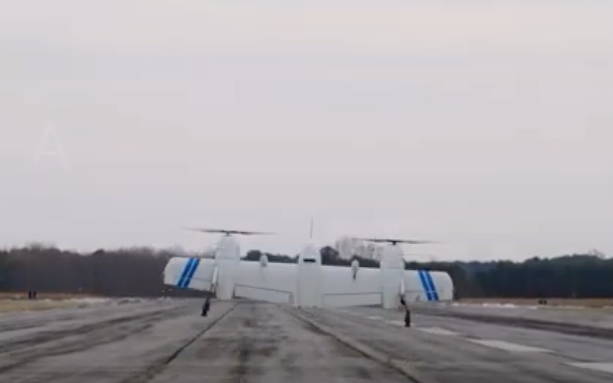What Diamond’s Autonomous Flight Trial Means
Maybe more than you think. There are larger market trends pushing such development that just the gee-whiz of light-aircraft auto landings.
I've been watching Diamond's autonomous and fly-by-wire research for more than three years now, but I was mildly surprised to learn this week how far they've come with it. I wasn't quite expecting the full autonomous flight tests so soon for light GA aircraft. But we're there.
It makes me wonder who else is doing this sort of work at the light aircraft level not related to drones. But stop right there. The line between what we consider drones and general aviation aircraft is beginning to blur and it's going to get a lot more blurry going forward. Diamond, for instance, already has a pilot-optional version of its DA42, but I believe it's an RPAS. Sikorsky has a pilot-less Blackhawk. Grumman has the pilot-optional Firebird, a PMIGAS for persistent multiple intelligence gathering air system. It's getting so the acronyms can't keep up with the technology. I know of a few other GA and LSA manufacturers with their toes in the drone market, but none are quite so far out there as Diamond.
What does it mean, exactly? It means that Diamond and a few others are paralleling trends in surface transportation toward more control by wire and autonomous and/or pilot-in-the-loop operation. I'm sure you've read about Google's self-driving car project and Apple reportedly has a project of its own. Last week, Toyota announced a $50 million research project to develop an intelligent rather than self-driving car, whatever that means.
At the micro level, more cars and vehicles than ever have electric rather than mechanical or hydraulic control systems. You can buy an Infiniti with steer-by-wire and throttle by wire is common on high-end motorcycles, not to mention sophisticated, multi-mode traction control. Even components like heater controls and brakes are trending toward electric command and activation.
Diamond's near-term vision appears to be closer to Toyota's idea: not so much a self-operating vehicle, but one that keeps the operator from crashing it or takes over and stops safely if the operator is incapacitated. That may or may not be the first step toward full autonomous operation, but I think there's little doubt autonomous flight of manned vehicles is in our future.
At the moment, pure fly by wire in a light GA aircraft, while doable, probably doesn't make economic sense outside the realm of at least semi-autonomous flight. The old standby cables and tubes manipulated by homo the sap aren't that much heavier than FBW in terms of total aircraft weight, they're certainly cheaper and for now, more reliable, given the complexity of control laws that FBW requires. But that will change. I can imagine a control system composed of dual-redundant electric servos driven by a dual-channel controller that's flexible and more intelligent than cables and tubes. The technology in small, brushless DC motors is advancing rapidly, yielding smaller, more powerful and cheaper products. Because of the burden of certification costs, it may be some time before the economics make it doable at a workable profit margin. But the fundamental technology is here now.
These developments are going to drive two groups stark raving mad: regulators and pilots. I was talking to the former CEO of a major GA company at AirVenture and he told me the general thinking in the FAA is that there will never be a certified electric airplane. Just as it has with drones, the agency just won't be able to cope with the concept and settle on certification standards. Diamond's Christian Dries concedes his electric aircraft research is giving EASA heartburn. And while FBW won't necessarily be limited to electric airplanes, the two technologies are juxtaposed in that they represent significant paradigm shifts that regulators just aren't good at handling. And drone technology at all levels is keeping the pressure on. Dries says another sticking point might be the MTCR treaty, an arms control treaty that addresses lightweight unmanned delivery vehicles for weapons. Autonomous-capable GA airplanes would seem to breach its threshold. For what it's worth, I think the FAA will be forced, by market pressure, to develop electric airplane cert standards.
Pilots, I predict, will go through an unraveling period over autonomous flight and probably the FBW that may herald it. That's because pilots—I should say "legacy" pilots—tend toward technological inertia. Gadgets like GPS, glass panels and tablet apps are adopted somewhat predictably, but major paradigm shifts are not. Diesel engines and FADEC controls come to mind. Some of that resistance is related to cost, but some is also related to the notion that the old ways work just fine, why change? Where's the benefit?
It's thus hard to predict how marketable Diamond's idea of an electronic parachute really will be. Twenty years ago, not many of us thought the Cirrus whole airframe parachute would amount to much, but it did. In my view, the evolution toward fly by wire and everyday autonomous flight is essentially unstoppable because it is part of a much larger technological shift that new people coming into aviation—and that's not necessarily you and I—will not only expect, but will embrace.
Just guessing, but I think 2030 is gonna be an interesting year in aviation.






